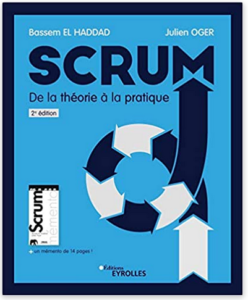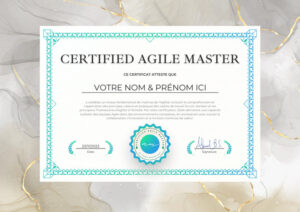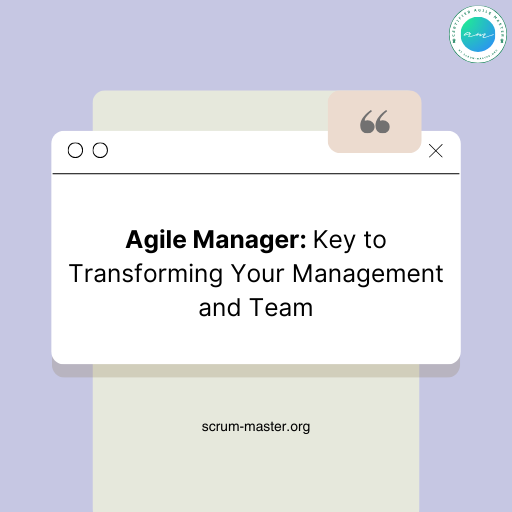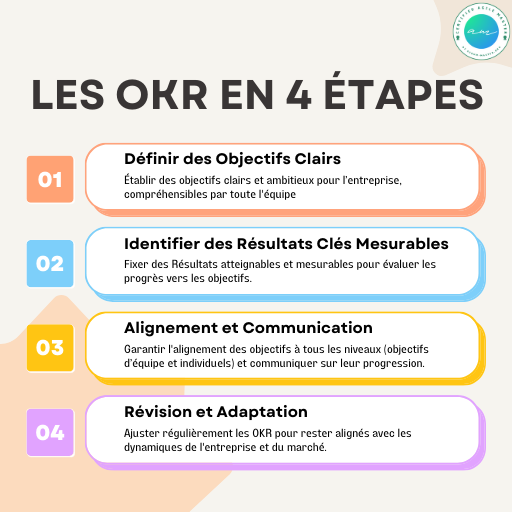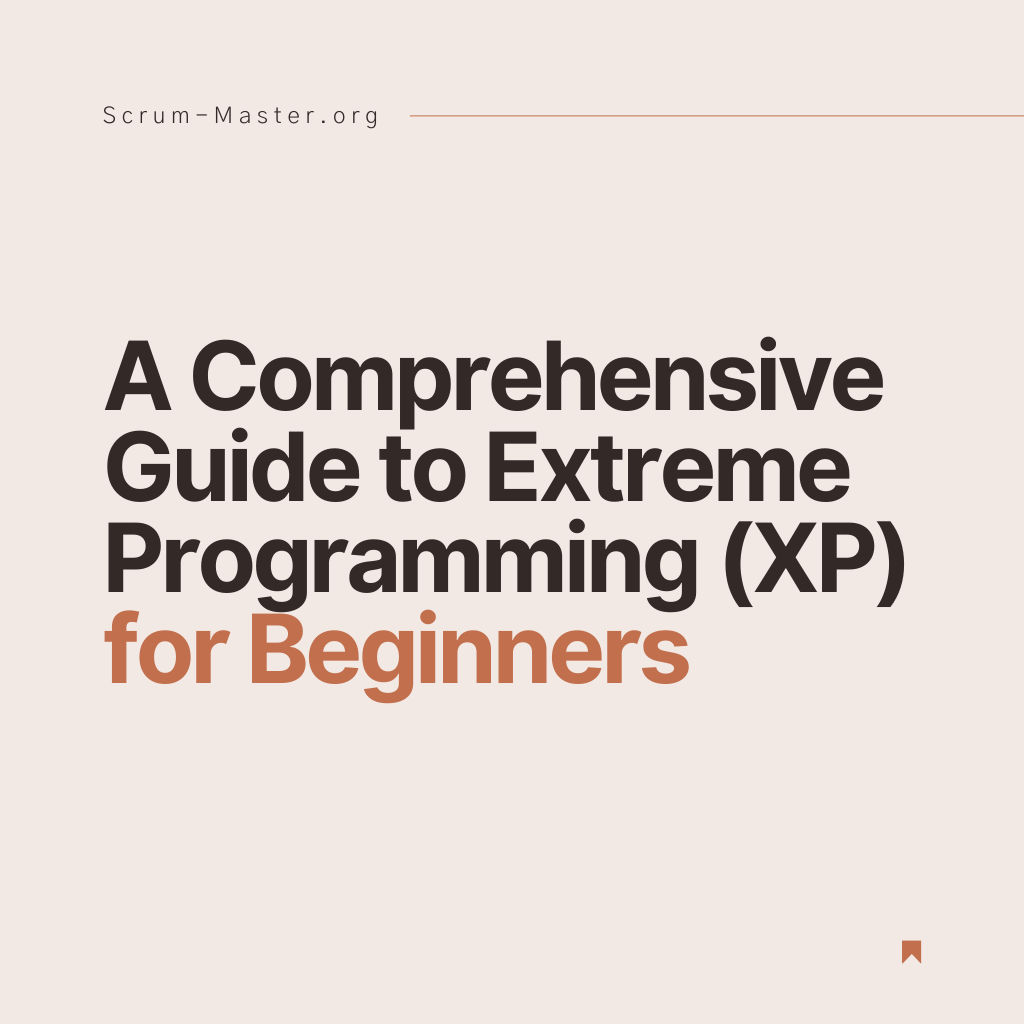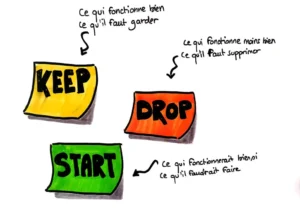As the company adapts to the impact of COVID-19, agile teams are adapting to new ways of working. Since 2020, many Scrum teams have been working mainly from home. The Scrum Master therefore needs to adapt to this situation. The aim of this article is to help you meet the Scrum retrospective challenge from a distance.
Team retrospectives are most productive when all voices are heard. By encouraging everyone to contribute to this Agile ceremony, the team receives valuable feedback from all participants. However, virtual meetings make retrospective activities difficult. Indeed, some individuals can more easily dominate conversations, while others fail to express themselves or even disengage from the conversation.
Fortunately, a number of tools can make Scrum retrospectives more attractive. For example, you can use tools such as FunRetro, a Trello board or a Board Miro. The aim is to find the rightonline retrospective tool for your agile team. It needs a tool that allows it to add cards and discuss them in real time. You’ll notice that this will make Scrum retrospectives much more engaging and interactive, especially when working from home.
Index
Three free online retrospective tools to use
As usual, on Scrum-Master.org we test tools that help you in your Agile transformation. These tests are subjective. The online retrospective tools I’m going to introduce here are free or freemium (with paid features). This article is not a ranking but a list of relevant tools for your remote retrospectives.
Miro for creative remote viewing boards
When it comes to facilitating an online Agile retrospective with remote teams, I personally have a preference for Miro . For me, it’s the best visual management tool for this Agile ceremony. It’s true that classic retros with 3 or 4 columns and tickets work pretty well, but creating boards with illustrations makes collaboration and exchanges between team members a little easier.
I often use the Speed Boat template with my teams. It’s a great online retrospective model. Indeed, with this Sailboat template, in comparison with classic models (with three columns) I identified better interaction and participation of team members.

You can also opt for more classic mirrors such as“4L” or the“Start, Stop, Continue” template (see screenshot below). But you can also be creative and create your own Miro boards from a white board. Add images, symbols, tables and other graphic elements to encourage interaction between your team members. Ultimately, the possibilities are endless. For my part, I try to use Miro for all my Agile ceremonies, and not just for the Sprint Retrospective!

FunRetro (now EasyRetro) for online scrum retrospectives
FunRetro (EasyRetro) is an online Agile retrospective tool. It simplifies the process of planning, managing and executing Retro Sprint. EasyRetro is a Freemium product (free with paid PRO features). This tool makes it easier for teams to engage, innovate and collaborate during remote Retro Sprint sessions.
You can create a fully customizable online Scrum retrospective table. What’s more, FunRetro offers a wide choice of predefined retro formats that you can launch in just 2 clicks.
It’s also easy to invite one or more team members to join your online retrospective. using a URL. Anyone with this url can easily add maps to this retro tool. No connection is required for your team members.
You can set up comment cards with, for example, anonymous voting.

Trello, a classic for your retro needs
For your Sprint retrospectives, youcan also use
Trello
a tool quite identical to the one presented above. With this tool, you can get your teams to interact around the positives and areas for improvement, using the retrospective template of your choice. You can also easily create continuous improvement actions following your retro, with the online voting system. The only negative point isvec
Trello
voting is not as anonymous as on EasyRetro, and no voting limit can be set by the Scrum Master.

Don't forget the basics of retrospection
All the basics and rules of retrospective can be found in the Scrum Guide extract below. I don’t think I can describe the objectives and process of a Scrum retrospective any more clearly. This text also applies if the Scrum Ceremony takes place remotely :).
Sprint Retrospective according to the Scrum Guide 2020
“The aim of the Sprint Retrospective is to think about ways of improving quality and efficiency.
The Scrum Team inspects the progress of the last Sprint in terms of people, interactions, processes, tools and their Definition of Done. The elements inspected often vary according to the field of activity. The assumptions that led them astray are identified and their origins explored. The Scrum Team discusses what went well during the Sprint, what problems were encountered and how these problems were (or were not) resolved.
The Scrum Team identifies the most useful changes to improve efficiency. Improvements with the greatest impact are addressed as soon as possible. They can even be added to the Sprint Backlog for the next Sprint.
The Sprint Retrospective concludes the Sprint. It is limited in time to a maximum of three hours for a one-month Sprint. For shorter Sprints, the event is generally shorter.”
Source: the Scrum Guide 2020.
List of best practices for a successful Scrum retrospective
Below is a non-exhaustive list of best practices to ensure that your retrospective is a success every time:
- Invite only the people concerned(PO, Scrum Master, Dev Team).
- Use a Sprint Retro template with a tool like Miro, presented above.
- Create a healthy environment (criticize the work, not the people).
- The Scrum Master must be impartial (adopt an objective stance and ask pertinent questions to encourage dialogue).
- Analyze the root causes of problems encountered. (for example, with the 5-Why method).
- Make decisions as a team, not according to the leader. To achieve this, promote the voting of Continuous Improvement actions.
- Establish relevant and achievable objectives by the end of the next Sprint.
- Close or start your retrospective remotely with an icebreaker or online game.
Further information
I highly recommend this book on the Scrum method with an interesting section on retrospectives :
Scrum, from theory to practice(Lien Fnac | Lien Amazon)


